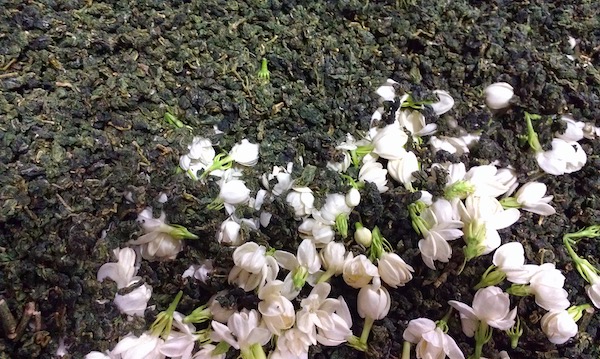Jasmine green tea is a fragrant and refreshing blend that has captivated tea drinkers for centuries. Combining the delicate taste of green tea with the sweet floral aroma of jasmine blossoms, this tea offers a unique and soothing drinking experience.
The History and Origins of Jasmine Green Tea
The origins of jasmine green tea can be traced back to China during the Song Dynasty (960–1279 AD), when tea artisans first began scenting green tea with jasmine flowers. Jasmine, a flower native to tropical regions of Asia, was highly valued for its aromatic properties and was considered a symbol of purity and grace. The combination of green tea with jasmine blossoms was created as a luxurious tea blend that would please both the senses and the spirit.
Traditionally, the process of making jasmine green tea involves laying fresh jasmine flowers over tea leaves during the scenting phase. The tea leaves absorb the jasmine fragrance as the flowers open and release their essential oils during the night. This process may be repeated multiple times to enhance the floral scent and create a more fragrant tea. Some of the finest jasmine teas are scented this way, preserving the authenticity and delicate balance of flavors that have been enjoyed for centuries.
How to Brew Jasmine Green Tea Perfectly
Brewing jasmine green tea requires careful attention to detail to preserve its delicate flavors and aromas. Follow these steps for the perfect cup:
- Water Temperature: One of the most critical factors in brewing jasmine green tea is using the right water temperature. The ideal temperature is around 160°F to 180°F (70°C to 80°C). Boiling water can scorch the tea leaves, resulting in bitterness and overpowering the jasmine's subtle floral notes.
- Tea-to-Water Ratio: Use approximately either one teaspoon or one teabag of jasmine green tea per 8 ounces of water. Adjust the amount according to your taste preferences.
- Steeping Time: Allow the tea to steep for about 2 to 3 minutes. Steeping it for too long can lead to a bitter or overly strong brew. For a milder flavor, you can shorten the steeping time to around 1.5 minutes.
- Multiple Infusions: One of the benefits of high-quality jasmine green tea is that it can be steeped multiple times. After the first brew, you can enjoy a second or third infusion, with each steeping bringing out new layers of flavor. Slightly increase the steeping time for subsequent infusions.
- Serving: Jasmine green tea is traditionally served without any sweeteners or milk to allow the natural flavors to shine. However, if you prefer, you can add a light touch of honey to complement the floral notes without overpowering the tea.
By paying attention to these brewing details, you’ll be able to enjoy a smooth and aromatic cup of jasmine green tea every time.
Flavor Profile of Jasmine Green Tea
The flavor profile of jasmine green tea is defined by its harmonious blend of the fresh, vegetal notes of green tea and the sweet, floral aroma of jasmine blossoms. The green tea base typically offers a slightly grassy, herbaceous taste, while the jasmine scent adds a delicate sweetness that lingers on the palate. Together, these flavors create a well-balanced, refreshing tea with a gentle, calming effect.
High-quality jasmine green tea will have a noticeable but not overpowering jasmine fragrance. When brewed correctly, the tea should taste smooth, with no astringency or bitterness, and the jasmine should enhance the green tea without overwhelming it.
